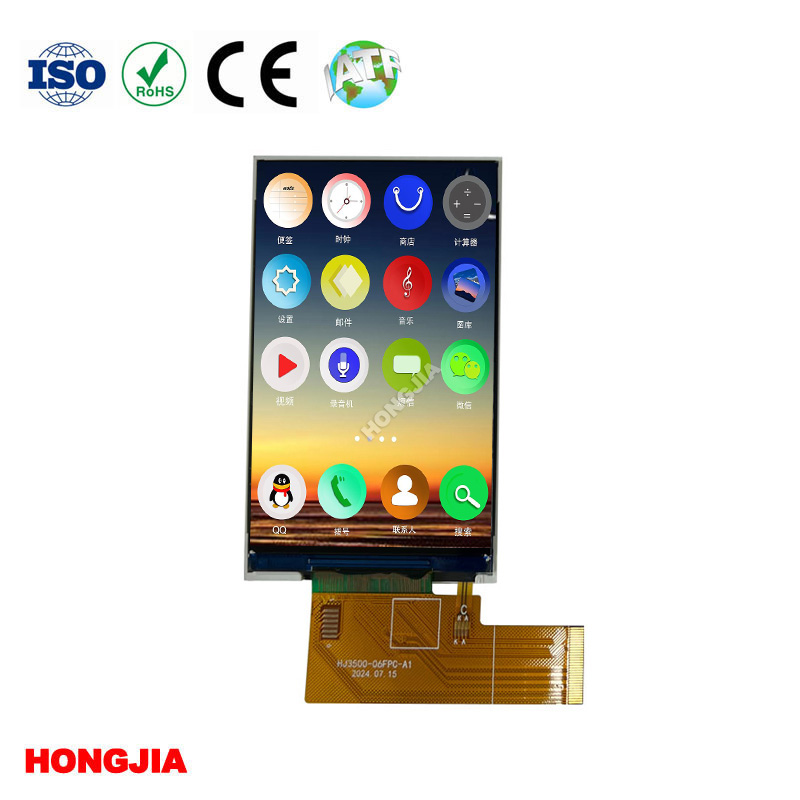How Did Liquid Crystal Displays Revolutionize Modern Technology?
2024-12-26
In today’s digital era, screens are everywhere—on our phones, laptops, TVs, and even watches. At the heart of most of these devices is Liquid Crystal Display (LCD) technology. But how did LCDs become the cornerstone of modern displays, and what makes them so revolutionary? Let’s take a closer look.
1. What Is Liquid Crystal Display Technology?
An LCD is a flat-panel display technology that uses liquid crystals to control light and create images. These liquid crystals don’t emit light on their own; instead, they manipulate light from a backlight or reflector to produce vibrant visuals.
2. Why Are LCDs So Widely Used?
LCDs offer several advantages that make them the go-to choice for a wide range of applications:
- Energy Efficiency: Consuming less power than older technologies like CRT (cathode ray tube) displays.
- Slim and Lightweight Design: Ideal for portable devices such as smartphones and laptops.
- High Resolution and Clarity: Delivering sharp, detailed images for work and entertainment.
- Cost-Effectiveness: Affordable production for mass-market devices.
3. How Do LCDs Work?
The magic of LCD technology lies in its layers:
1. Liquid Crystals: Positioned between two polarizing filters and glass layers, these crystals align to control light passage.
2. Backlight: Provides the illumination required for the display to be visible.
3. Color Filters: Combine with the liquid crystals to create the full spectrum of colors.
When electrical signals are applied, the liquid crystals shift, allowing light to pass through in varying intensities and colors, forming images on the screen.
4. What Are the Key Applications of LCDs?
LCD technology is versatile and used in:
- Consumer Electronics: Smartphones, tablets, and TVs.
- Medical Equipment: Monitors and diagnostic displays.
- Automotive Displays: Navigation and dashboard systems.
- Industrial Devices: Control panels and instrumentation.
5. What Challenges Do LCDs Face Today?
While LCDs have dominated for decades, they face competition from newer technologies:
- OLED (Organic Light-Emitting Diode): Offers better contrast and flexibility.
- Mini-LED and Micro-LED: Provide enhanced brightness and efficiency.
- Viewing Angles and Response Time: LCDs sometimes struggle in these areas compared to newer displays.
6. How Are LCDs Evolving?
Despite challenges, LCDs continue to evolve with advancements like:
- Improved Backlighting: LED and quantum dot technologies enhance brightness and color.
- Higher Resolutions: From 4K to 8K, LCDs are meeting the demand for ultra-sharp displays.
- Flexible LCDs: Emerging designs make LCDs suitable for curved and foldable devices.
Final Thoughts
Liquid Crystal Displays have come a long way, transforming how we interact with technology. From their humble beginnings to being a staple of modern devices, LCDs have proven to be a game-changer.



